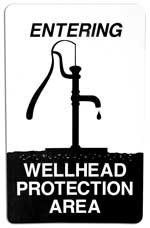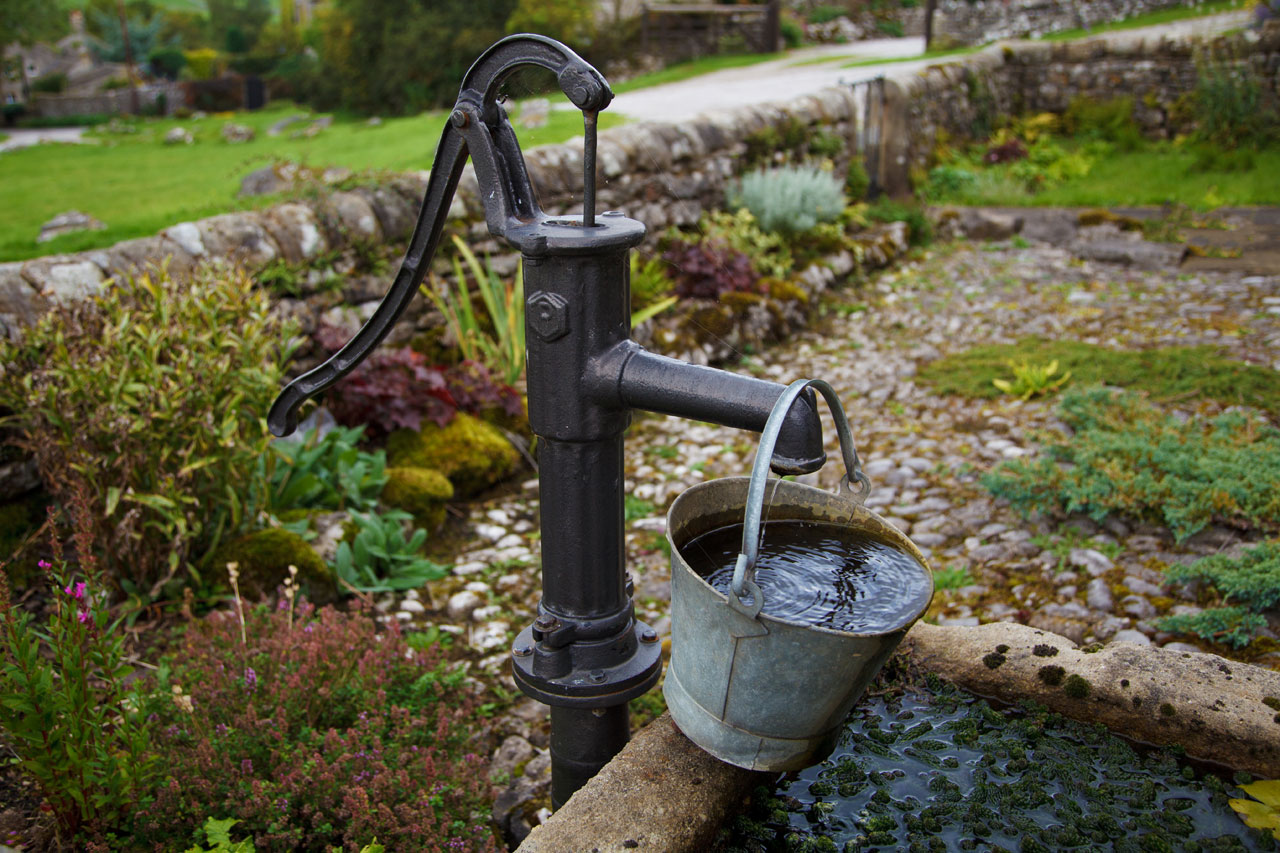----
 Frannie is learning more and more about how to protect the groundwater in her community. Recently, she saw a sign just outside of her city that said "Wellhead Protection Area". She didn't know what that meant, so she went to The Groundwater Foundation's website to find out.
Frannie is learning more and more about how to protect the groundwater in her community. Recently, she saw a sign just outside of her city that said "Wellhead Protection Area". She didn't know what that meant, so she went to The Groundwater Foundation's website to find out."Wellhead protection" is a fancy term for the idea that we should protect the land around the area where a community gets their water. Many communities use wells to withdraw groundwater and then transport it to a water treatment plant where they treat it and pipe it into the public water system. Growth and development in a community is important, but it also brings the potential to deplete or contaminate the water everyone drinks.
Each state has a different approach to wellhead protection but will generally involve 5 key points:
1) Delineating the Wellhead Protection Area. Several maps, containing data on groundwater flow and geology and geographic boundaries, are combined into a single map that determines the land area that could influence the groundwater supply.
2) Conducting a Potential Contaminant Source Inventory. This just means that information is collected about all of the sources in the areas that could potentially contaminate the groundwater. This may include farms, gardens, factories, or other types of industry.
3) Contaminant Source Management. All of the information that was collected in the Potential Contaminant Source Inventory is put to use to develop best practices where businesses can safely use their materials without threatening the groundwater.
4) Contingency Planning. No wellhead protection plan is complete without a plan for the worst case scenario. In the event of a well that has to be shut-down due to contamination, natural disaster, physical breakdown, or any other cause, a community must have an idea of short-term and long-term drinking water supply replacements.
5) Education. A community is made up of it's people, so ultimately it is the people in the area who have to protect their water. A community should make their wellhead protection plan available to the public as well as provide workshops or opportunities on social media for people to learn about the plan.


No comments:
Post a Comment